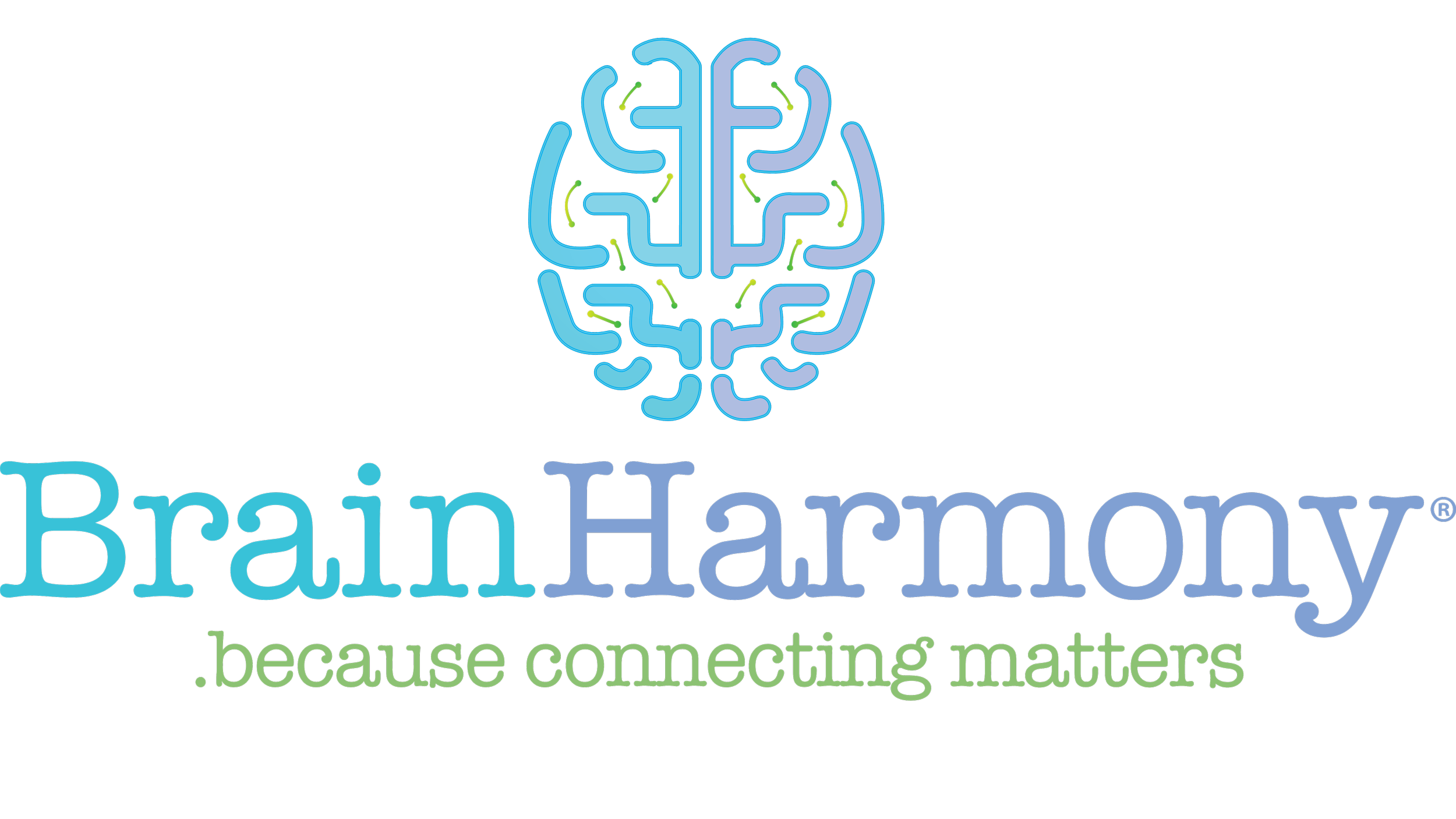Vagal Regulation: Overcoming Nervous System Dysfunction
Your nervous system is a sophisticated network of nerves and cells that connect your brain and spinal cord to the rest of your body and organs. Nervous system regulation allows you to maintain homeostasis, access restorative sleep, decrease inflammation, and is involved in memory, auditory processing, learning, controlling sensory processing and more.
As you can imagine, when this system gets out of balance, a host of symptoms can arise. What many people don't realize, however, is just how common nervous system dysfunction is and that we can rewire the nervous system for optimal performance.
First, What Is The Vagus Nerve?
The vagus nerve plays a crucial role in your autonomic nervous system (ANS), specifically the parasympathetic branch of your ANS. While the sympathetic branch of your ANS is responsible for your fight or flight response, the parasympathetic branch regulates "rest and digest" and provides feelings of calm and safety.
The vagus nerve also establishes communication between your brain and your gut and therefore has been the subject of extensive studies relating to the mind-body connection[*].
When the vagus nerve gets stimulated, feelings of relaxation take over, your heart rate decreases, and breathing slows down. Vagal stimulation can happen naturally due to input from your environment, but you can also consciously stimulate the vagus nerve through various techniques, which are listed later in this article.
What Is Nervous System Dysfunction, and How Does It Show Up?
Nervous system dysfunction may sound like a rare condition, but imbalances in nervous system regulation are actually quite common and on the rise.
In fact, there are an estimated 70 million people worldwide with some level of nervous system dysfunction, showing up with symptoms like fatigue, anxiety, depression, brain fog, dizziness, nausea, gastrointestinal issues, muscle weakness, and irregular heart rate[*].
Perhaps it seems like these symptoms are random, but when you look at the function of your nervous system, it becomes clear as to why imbalances in the nervous system might cause irregularities in several different organs and systems in your body. Let’s look deeper into that framework now.
Nervous system regulation includes the central nervous system (brain and spinal cord) and your peripheral nervous system (motor and sensory division including the autonomic nervous system). The autonomic nervous system (ANS) is of great importance in the rewiring of the entire system so we will focus on it’s impact of function. It is responsible for many of the involuntary functions of your body, such as[*]:
Heart rate
Respiration
Body temperature
Digestion
Metabolism
Stress hormones production
For the most part, it controls the functions that we don’t consciously think about, it just happens.
Conventional science teaches us that the ANS is considered to have 2 states: the sympathetic “fight, flight or freeze” response or the parasympathetic “rest and digestion” response. But what if we could modulate between these states and what if we could be taught how to move from one mode to another? The Polyvagal theory, developed by Dr. Steven Porges, answers that with an astounding Yes You Can! His theory provides the context of understanding the role of multiple layers of vagus nerve innervation that is the neural framework for behavior and intimacy.
Where The Vagus Nerve Comes In
Your vagus nerve plays a key role in this resilience as it is in charge of your parasympathetic activation. This crucial nerve runs from your brain, through your face and thorax, down into your abdomen and creates a connection between your brain and digestive tract. It oversees a vast array of vital bodily functions, including mood, immune response, digestion, respiration, and heart rate[*][*].
When your vagus nerve is functioning optimally, all of these systems in your body go off without a hitch. When your vagus nerve is under or over performing, it can make it much more difficult to recover from sympathetic activation leaving you feeling depleted, dissociated, numb or chronically anxious.
With training however, your nervous system can move in and out of various states throughout the day with more conscious control. When this happens, it’s much easier to heal and rebalance your nervous system.
In fact, it’s only when we feel neurologically safe, that we can connect and engage socially with others. Only when we feel safe, can we begin working on deeper issues that put your nervous system into dysfunction in the first place. In other words; in order to heal, you must first feel safe.
Vagal Tone and Safety
At this point, you're probably wondering how exactly can I move into a neurologically safe state. The answer: increase your vagal tone (regulate your vagus nerve).
One of the most direct and efficient ways to regulate your vagus nerve is with music and vibration. When you hear music that's specifically designed to enhance vagal tone, it nudges you into a state of calm and relaxation[*].
Specific sound frequencies can exercise the muscles in your ears to allow the therapeutic features in the music to pass through your eardrum and transmit the sound directly to your vagus nerve.
When your vagus nerve is activated, you can physically feel your heart rate decrease, you can feel a revival in facial expressions, improved engagement through eye contact, an awakening of social conversation and access to restorative sleep. You can regulate all kinds of processes in your body due to the control that this nerve has over organs like your heart, lungs, and GI tract.
Will just any music work? Not quite. The music or sound frequencies that you listen to need to be expertly arranged and delivered. This is where the our Brain Harmony Protocol comes in.
Our research-based therapy is designed to improve beginning stages of neurological organization in just five hours and is intended to:
Reduce anxiety
Turn down the fight, flight or freeze response
Improve social and emotional engagement
Decrease auditory sensitivities
Resolve past trauma
Improve attention
Improve neurological resiliency
Improve memory loss
What's more, by calming the physiological and emotional state, the door is open for improved communication and more successful therapy.
Takeaway
If you or a loved one are experiencing nervous system dysfunction, your first step is to retrain your system back into a place of safety.
Until you feel safe and calm, you won’t be able to work on the deeper issues that created nervous system dysfunction in the first place.
Brain Harmony therapists can create a comprehensive treatment to train your brain and system to feel more balanced, alert, and connected to yourself and others. This is how your journey back into balance begins.


